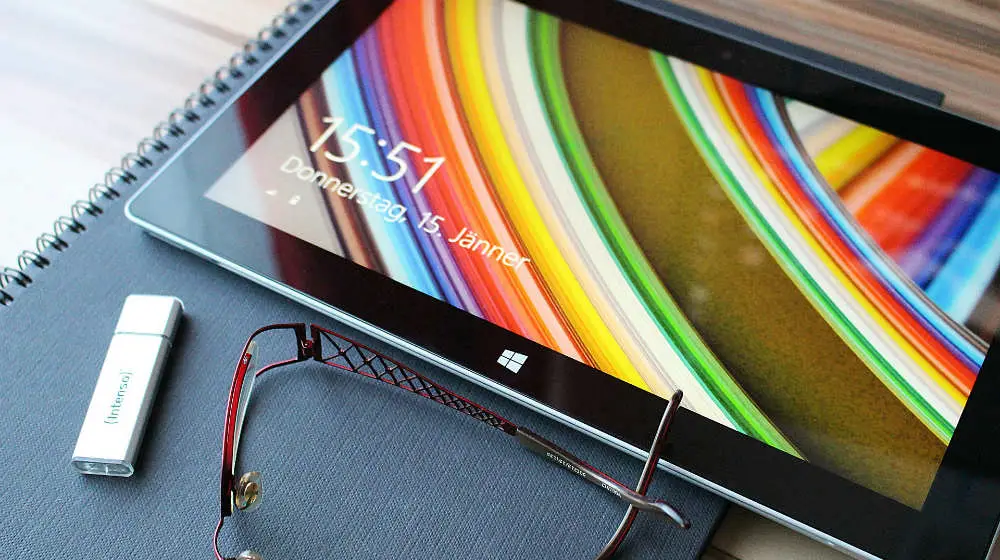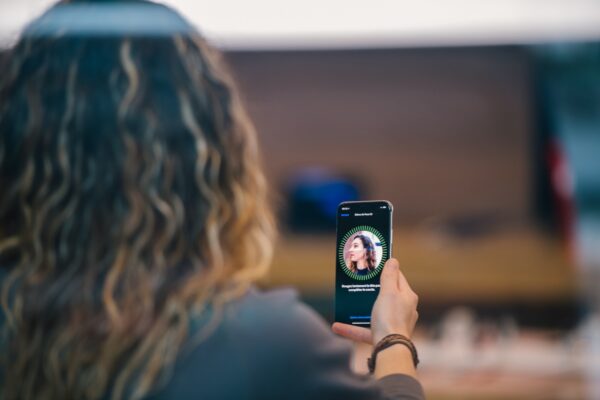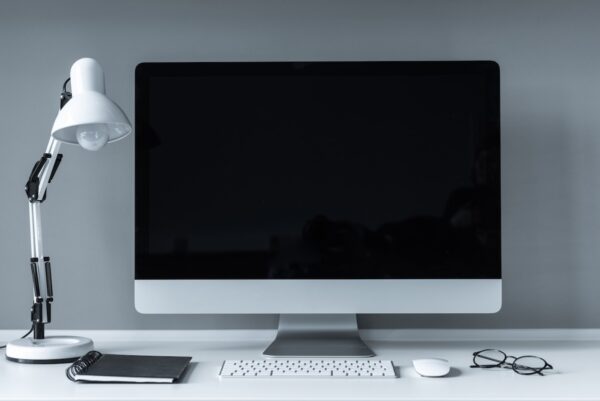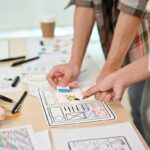Windows: USB Drives, Phone, Camera and Memory Cards
 Before we learn about USB drives and connections, open up File Explorer. In the Navigation pane, click on “This PC.” If you aren’t sure how to do this, go through our last two lessons, File Explorer and This PC. You will see the c:\ hard drive and all other storage devices attached to your computer.
Before we learn about USB drives and connections, open up File Explorer. In the Navigation pane, click on “This PC.” If you aren’t sure how to do this, go through our last two lessons, File Explorer and This PC. You will see the c:\ hard drive and all other storage devices attached to your computer.

USB Drives, Phone, Camera and Memory Cards
USB Drive
If you’re my age, you may remember computer diskettes. We had 8” and 5.25” floppy diskettes. Then we had 3.5” with a hard plastic cover, so it seemed silly to call them floppy disks, remember?

Most modern computers don’t come with CD drives, let alone diskette drives. What they do have a USB “port”. A USB port is a small rectangular outlet for a small rectangular plug. My keyboard plugs into one of my computer’s USB ports, as does my mouse. My phone’s charger cable has a USB plug on one side and I can plug it into my computer – more on that below. Most modern computers have at least two USB ports. Look around the front, back, and side of your computer and see how many USB ports you have.

Let’s say you have an important letter. You need to email someone a digital copy of the letter, but you don’t have a scanner. Most office supply stores will scan a letter for you, but how do you get it home? Or you have a document that you need to bring to work for a presentation. How do you get it to your work computer? One way is a USB drive. These also are called Flash Drives, Thumb Drives, or Jump Drives. It’s about the size of your thumb and plugs into one of your computer’s USB ports.

As soon as I plug my USB drive into my computer, the computer assigns a new letter name. My computer assigns drive G:\ to my USB drive.

If you have a USB drive, go ahead and plug it in to your computer. From “This PC” window, what letter is assigned to your USB drive? Click on the USB drive within “This PC” window and see what documents it is holding. Even if it is new, usually manufacturers put lots of “bloatware” files on it. Bloatware is a file you don’t need but it takes up room, sort of like dessert but not as much fun. You can see the files, create folders, move documents, just like we did in our File Explorer lesson. Try copying (not cutting or moving) one of your document files to your USB drive, then delete it from the USB drive just for practice. If you delete the original by mistake, Ctrl-Z to “undo.”
Your USB drive is a portable drive. You need to take care when removing it from your PC, so it will keep working for a long time. What if a file is still open? You could wreak havoc on your document by removing your USB drive before saving and closing your file. In fact, you should always “eject” it properly. “Eject” is a term from the diskette days when you had to press a button to eject a diskette from the diskette tray, just like a DVD. Instead of pressing a button to eject your USB drive, you give your computer a command.

Look at the Notification area on the right side of your Taskbar, near the time and date. See the little “Up” caret or arrow? Click that to get more notifications. Look for the icon that looks like a tiny USB drive. In my screenshot there is a red arrow pointing to it. This is your “there-is-a-USB-drive-attached-to-this-computer” icon. If you right-click the USB drive icon in the Notification area, a new menu will appear.

Click the word “Eject” and your computer will prepare the USB drive for removal. It will let you know if any documents are still open or there are any problems. If you left a document open, close it, and go back to Notfications>USB Drive>Right-Click>Eject. This time your computer should tell you it is safe to eject your USB drive. Now you can remove the USB drive by pulling it out, and put it back in your pocket.
Phone, Camera, and Memory Cards as a USB Drive
Most phones and cameras can be plugged into a computer just like a USB drive using a USB charging cable. Your computer will show your phone or camera as another USB drive. All phones and camera are different so check with the manufacturer – you may have to click “OK” on your phone to allow access.
NEVER use your computer to move or delete files from your phone. Let’s say you want to move some photos from your phone to your computer. Copy the files, then detach the cable from your phone. If you still want to delete the files, use your phone’s software to delete them. This is a safeguard so you don’t delete something from your phone that is necessary for your phone to operate properly.
Would you like to know a secret? On many devices, the photos are stored in a special folder called “DCIM,” which is short for “Digital Camera Image.” In our File Explorer lesson we learned to search our computer. Search for DCIM on your phone or camera to find the photo folder. Movies and video are often stored in a separate file.

Does your camera use a little memory card or stick? That’s a hard piece of plastic usually less than 1” square. You can buy a USB card reader that plugs into a USB port for about $10. You remove the memory card from your camera and plug it into the card reader. Your computer treats the card reader/memory card combination just like another USB drive. Look for that DCIM folder and you’ll find your photos. Consult your camera’s manual for assistance.








